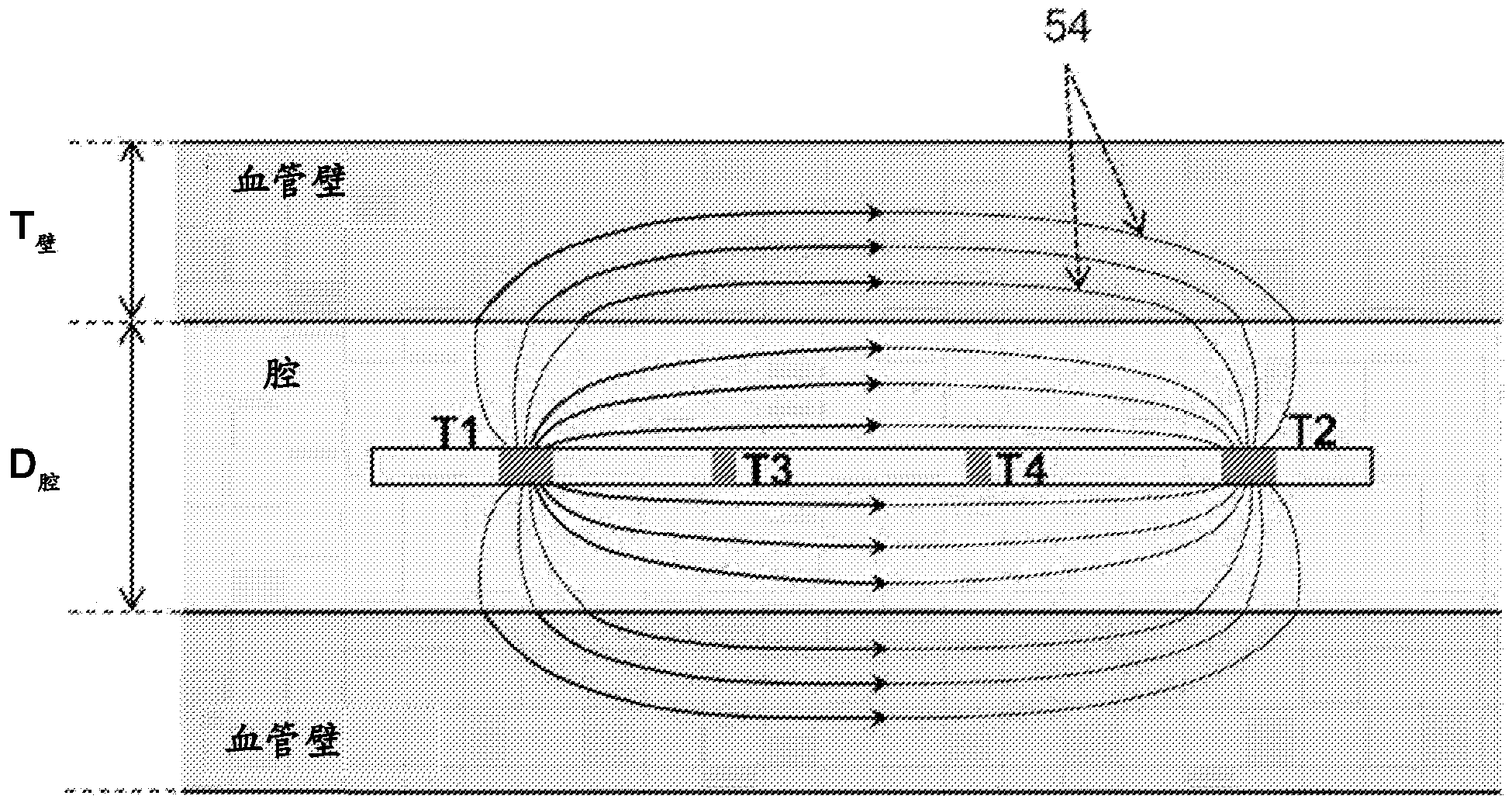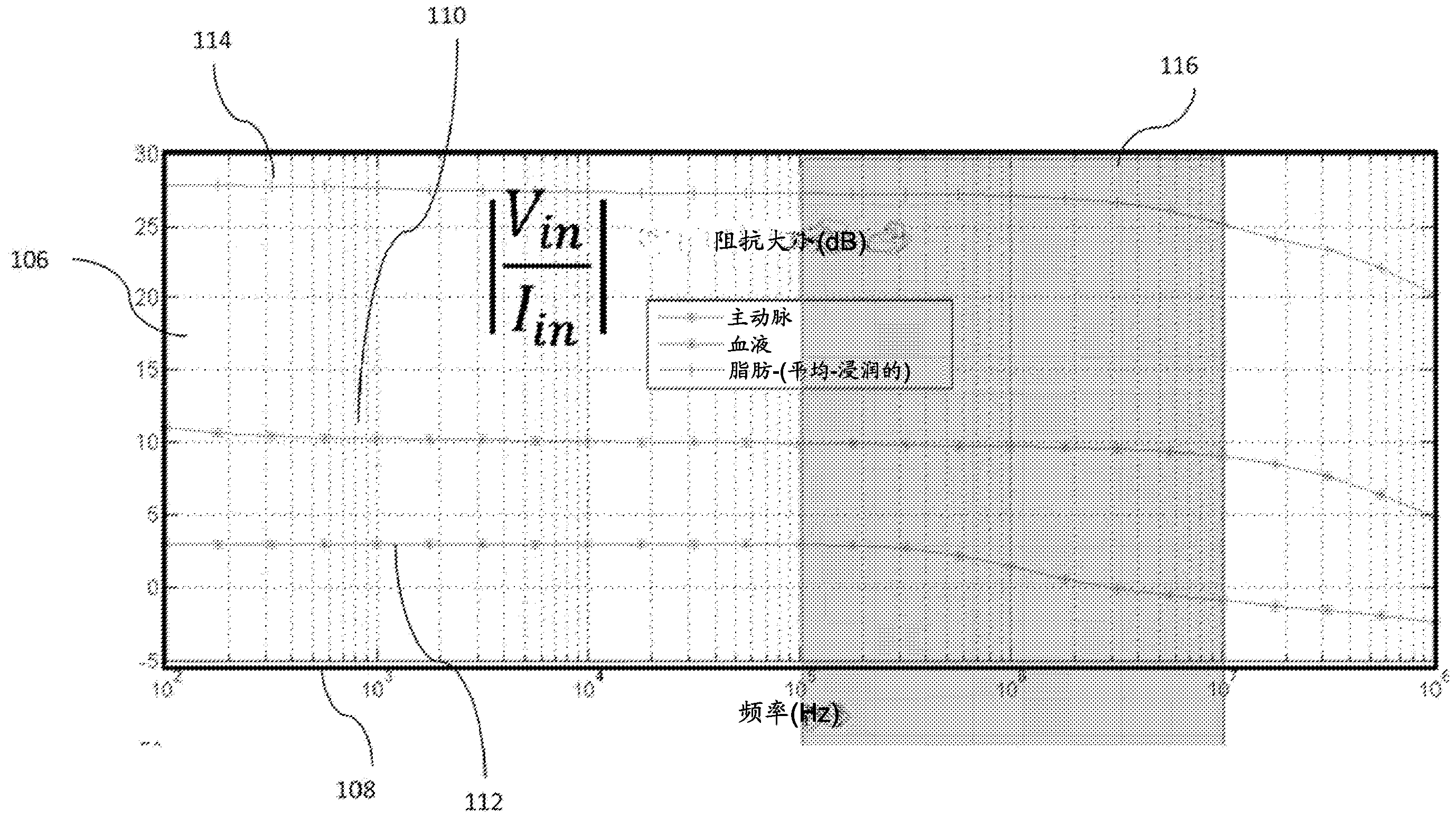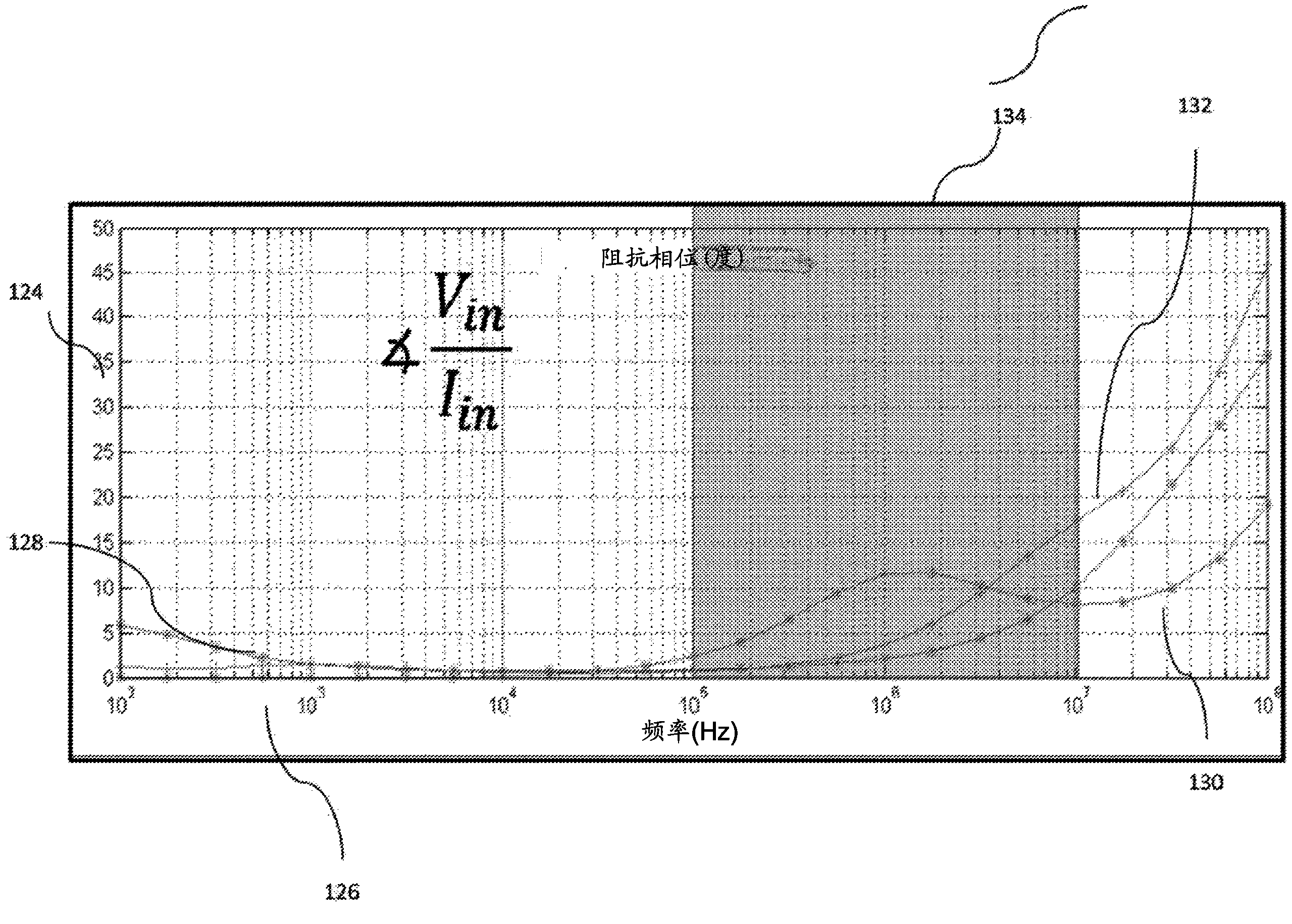Multifunctional guidewire assemblies and system for analyzing anatomical and functional parameters
A technology of guidewires and components, applied in the field of multifunctional guidewire assemblies and systems for analyzing anatomical and functional parameters, capable of solving problems such as stenosis, increased CFR, etc.
- Summary
- Abstract
- Description
- Claims
- Application Information
AI Technical Summary
Problems solved by technology
Method used
Image
Examples
Embodiment 1
[0266] In an exemplary implementation, the excitation frequency band is selected between 40KHZ (FL) and 10MHZ (FH) based on the electrical characteristics of blood, tissue, and fat. The 16-bit D / A converter is selected to work at FS (=20MHZ) sampling rate. The selected D / A converter accepts an offset binary sequence (0X0000 for the lowest value and 0XFFFF for the highest value). According to the one-bit pseudo-random mode, the most significant byte of the converter is triggered, and the next bit is permanently kept at logic 1. All other bits are kept at logic 0. Therefore, depending on the 0 or 1 from the pseudo-random generator, the D / A input switches between 0X4000 and 0XC000. The pseudo-random generator is located on the back-end entity and consists of a series of 9 D flip-flops called FLOPs to represent the 9-tap pseudo-random sequence. The resulting sequence is a maximum length pseudo-random sequence with a length of L=511 (29-1). The generator polynomial used to gener...
Embodiment 2
[0275] In another implementation, such as Figure 15 As shown in, NFREQ (=256) discrete tones of equal amplitude are used to construct an OFDM sequence and each tone is in a random phase. Adjust the phase angle with respect to each tone to obtain a PAR lower than 1.4. The construction of an OFDM sequence can be done simply by adding all discrete tones together or by performing IFFT (Inverse Fast Fourier Transform) on a 2Nfreq (=512) complex symmetric sequence, where the first 256 complex numbers are related to the amplitude and phase of a single tone , And the next group of 256 complex numbers is simply the conjugate complex number of the first 256 complex numbers arranged in reverse order ( Figure 15 ). Figure 16 Shows the time-domain signal sampled at FS (=20MHZ) twice the maximum frequency of interest (FH). The lowest frequency in this sequence is FL (=FS / 2NFREQ=39.0625KHZ). Time-domain OFDM sequences can also be generated at a higher sampling rate using an appropriate si...
PUM
 Login to View More
Login to View More Abstract
Description
Claims
Application Information
 Login to View More
Login to View More - R&D
- Intellectual Property
- Life Sciences
- Materials
- Tech Scout
- Unparalleled Data Quality
- Higher Quality Content
- 60% Fewer Hallucinations
Browse by: Latest US Patents, China's latest patents, Technical Efficacy Thesaurus, Application Domain, Technology Topic, Popular Technical Reports.
© 2025 PatSnap. All rights reserved.Legal|Privacy policy|Modern Slavery Act Transparency Statement|Sitemap|About US| Contact US: help@patsnap.com



